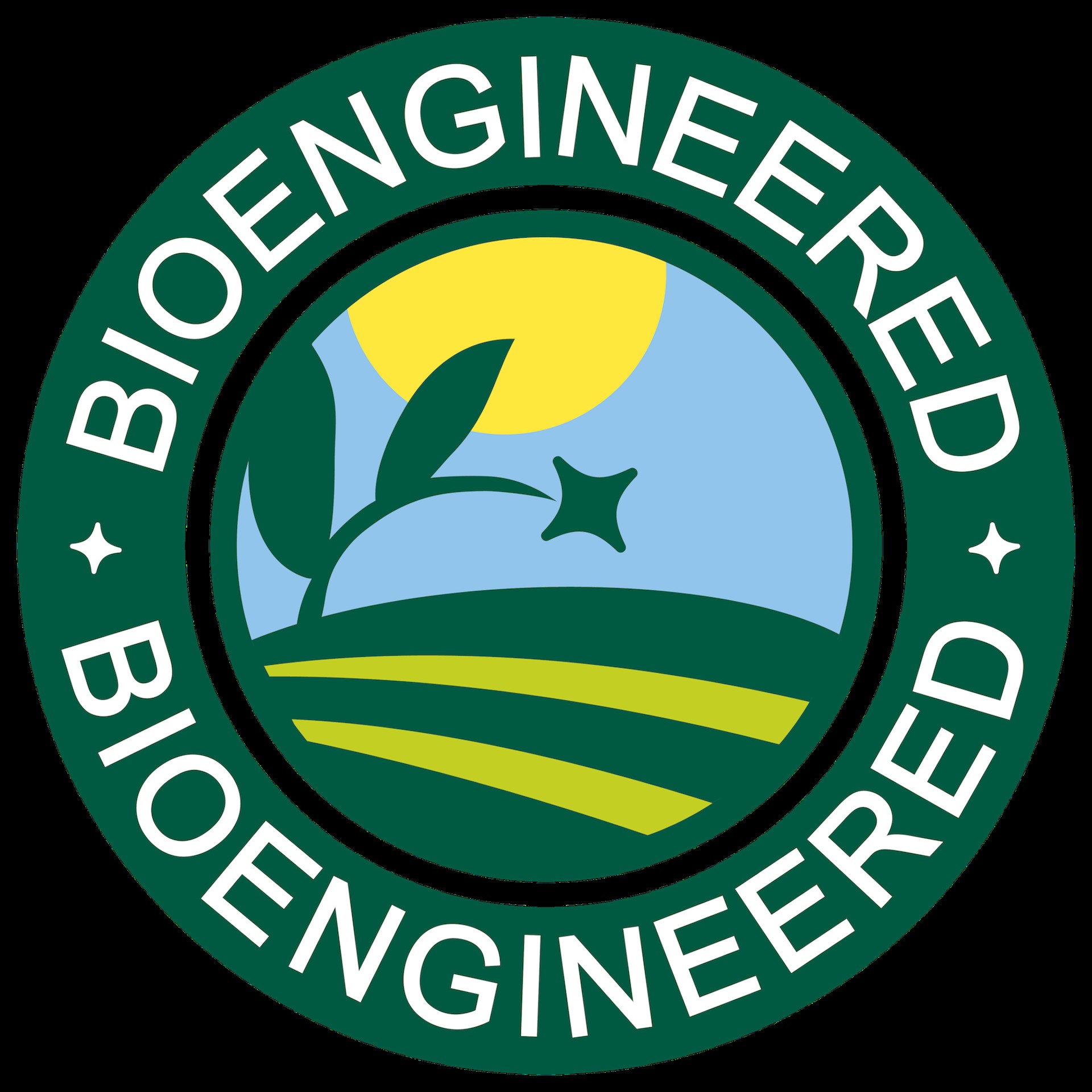The term “bioengineered food products” has become increasingly prevalent in grocery stores across the United States. But what is bioengineered food exactly, and why is it important to understand this new labeling standard?
The U.S. Department of Agriculture (USDA) defines bioengineered food as food that “contains detectable genetic material that has been modified through certain lab techniques that cannot be created through conventional breeding or found in nature.” In essence, this definition aligns with what many people commonly refer to as genetically modified organisms (GMOs).
The USDA’s Bioengineered Food Disclosure Standard
As of January 1, 2022, the USDA implemented the U.S. bioengineered food disclosure standard. This means shoppers are now seeing labels on food products with the terms “bioengineered” or “derived from bioengineering” printed on a green seal, often depicting the sun shining on cropland. This standard aims to provide consumers with more information about the foods they purchase.
Prevalence of Bioengineered Crops
A significant portion of commonly grown crops in the U.S. are genetically modified. More than 90% of U.S.-grown corn, soybeans, and sugar beets are bioengineered. Consequently, many processed foods containing ingredients like high-fructose corn syrup, beet sugar, or soy protein may now require these new labels. The USDA’s list of bioengineered foods extends to certain whole foods, including specific types of eggplant, potatoes, and apples, which may also need to carry the bioengineered label.
The Ongoing Disclosure Debates
The labeling of genetically modified foods has been a contentious issue. Historically, food manufacturers have resisted mandatory labeling, arguing that it could mislead consumers into believing that bioengineered foods are unsafe. Numerous studies, along with the USDA and the World Health Organization, have concluded that consuming genetically modified foods does not pose health risks.
However, many consumers have advocated for mandatory labeling to make informed choices about their food. In 2014, Vermont passed a strict law mandating GMO food labeling. To avoid a patchwork of varying state regulations, food manufacturers lobbied for a federal disclosure law, which ultimately led to the USDA’s new standard. The U.S. now joins a growing list of countries – over 60 – that require some form of GMO labeling.
Criticisms of the New Standard
Despite the implementation of the new standard, it has faced criticism from consumer advocacy groups. Organizations like the Center for Food Safety argue that the standard is both deceptive and discriminatory. One major point of contention is that the standard contains loopholes that exclude many bioengineered foods from mandatory disclosure.
Specifically, if the genetic material in a food product is undetectable or constitutes less than 5% of the finished product, no disclosure is required. This means that highly refined products like sugar or oil derived from bioengineered crops might be exempt from labeling.
Furthermore, bioengineered foods served in restaurants, cafeterias, and transport systems are also excluded. The standard also does not apply to meat, poultry, and eggs, or products where these items are the first or second ingredient (after water, stock, or both). The complexity of these regulations is such that the USDA provides a 43-minute webinar to clarify what is included and excluded under the new standard.
Critics also argue that the standard is discriminatory because it allows food manufacturers to use alternative disclosure methods, such as listing a phone number or QR code for information. This raises concerns about accessibility for individuals who may not have smartphones or reliable internet access, particularly those over 65 and those with lower incomes.
Alternatives to Bioengineered Foods
For consumers who wish to avoid bioengineered foods, there are alternatives. Products certified as organic are prohibited from containing genetically modified ingredients. Additionally, the Non-GMO Project Verified label, featuring a butterfly logo, indicates that a third-party inspector has verified that the product meets non-GMO standards.
Conclusion: A Contentious Compromise
The introduction of the new federal labeling standard has been relatively quiet, likely because neither proponents nor opponents of genetic modification in food see it as a complete victory. While the standard provides some level of disclosure, its loopholes and alternative options have drawn criticism. Understanding what is bioengineered food and the nuances of the labeling standard empowers consumers to make informed choices based on their preferences and values.

